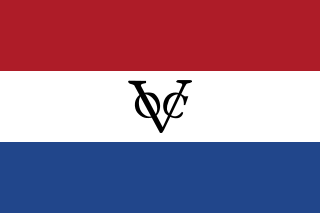 W
WThe island of Taiwan, also commonly known as Formosa, was partly under colonial rule by the Dutch Republic from 1624 to 1662. In the context of the Age of Discovery, the Dutch East India Company established its presence on Formosa to trade with the Ming Empire in China and Tokugawa shogunate in Japan, and also to interdict Portuguese and Spanish trade and colonial activities in East Asia.
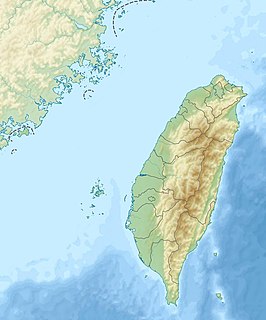 W
WThe Battle of Liaoluo Bay took place in 1633 off the coast of Fujian, China; involving the Dutch East India Company (VOC) and the Chinese Ming dynasty's navies. The battle was fought at the crescent-shaped Liaoluo Bay that forms the southern coast of the island of Kinmen. A Dutch fleet under Admiral Hans Putmans was attempting to control shipping in the Taiwan Strait, while the southern Fujian sea traffic and trade was protected by a fleet under Brigadier General Zheng Zhilong. This was the largest naval encounter between Chinese and European forces before the Opium Wars two hundred years later.
 W
WThe Dutch Pacification Campaign on Formosa was a series of military actions and diplomatic moves undertaken in 1635 and 1636 by Dutch colonial authorities in Dutch-era Taiwan (Formosa) aimed at subduing hostile aboriginal villages in the southwestern region of the island. Prior to the campaign the Dutch had been in Formosa for eleven years, but did not control much of the island beyond their principal fortress at Tayouan, and an alliance with the town of Sinkan. The other aboriginal villages in the area conducted numerous attacks on the Dutch and their allies, with the chief belligerents being the village of Mattau, who in 1629 ambushed and slaughtered a group of sixty Dutch soldiers.
 W
WFengguiwei Fort is a former Dutch fortification located in Magong, Penghu, Taiwan. The fort sat atop a small hill on a peninsula across the bay from Magong Harbor. As of today, little of the original structure remains.
 W
WFort Provintia or Providentia, also known as Chihkan Tower, was a Dutch outpost on Formosa at a site now located in West Central District, Tainan, Taiwan. It was built in 1653 during the Dutch colonization of Taiwan. The Dutch, intending to strengthen their standing, sited the fort at Sakam, about 2 miles (3.2 km) due east from modern-day Anping. During the Siege of Fort Zeelandia (1662), the fort was surrendered to Koxinga, but was later destroyed by an earthquake in the 19th century. It was rebuilt as Chihkan Tower afterwards.
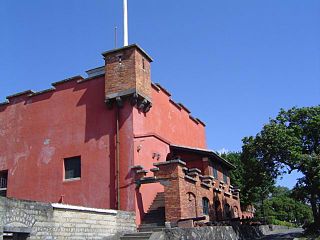 W
WFort San Domingo is an historic fortress in Tamsui District, New Taipei, Taiwan. It was originally a wooden fort built in 1628 by the Spanish Empire, who named it "Fort San Domingo". However the fort was then destroyed by the Spanish themselves, after losing the Second Battle of San Salvador to the Dutch Empire in 1642. After the battle, in 1644, The Dutch rebuilt a fort in the original site, and renamed it "Fort Antonio". Since the Dutch were called "Red Haired People" by the Han immigrants during the time, the fort was then nicknamed "Fort Red Hair".(Chinese: 紅毛城; Pe̍h-ōe-jī: Âng-mn̂g-siâⁿ; lit.: 'ang mo fort').
 W
WFort Zeelandia was a fortress built over ten years from 1624 to 1634 by the Dutch East India Company (VOC), in the town of Anping on the island of Formosa, the former name of Taiwan Island in Taiwan, during their 38-year rule over the western part of the island. The site had been renamed several times as Orange City (奧倫治城), Anping City (安平城), and Taiwan City (臺灣城); the current name of the site in Chinese is 安平古堡(lit. 'Anping Old Fort').
 W
WThe Governor of Formosa was the head of government during the Dutch colonial period in Taiwan, which lasted from 1624 to 1662. Appointed by the Governor-General of the Dutch East Indies in Batavia, the Governor of Formosa was empowered to legislate, collect taxes, wage war and declare peace on behalf of the Dutch East India Company (VOC) and therefore by extension the Dutch state.
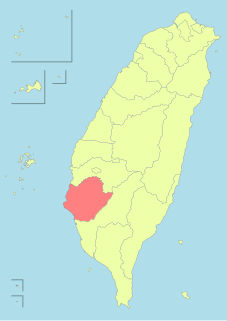 W
WThe Guo Huaiyi rebellion was a peasant revolt by Chinese farmers against Dutch rule in Taiwan in 1652. Sparked by dissatisfaction with heavy Dutch taxation on them but not the aborigines and extortion by low-ranking Dutch officials and servicemen, the rebellion initially gained ground before being crushed by a coalition of Dutch soldiers and their aboriginal allies. It is considered the most important uprising against the Dutch during the 37-year period of their colonisation of Taiwan.
 W
WThe Lamey or Liuqiu Island Massacre was the slaughter of aboriginal inhabitants of Liuqiu Island off the coast of Taiwan by Dutch soldiers in 1636. The killings were part of a punitive campaign in retaliation for the massacre of shipwrecked Dutch sailors in two separate incidents in 1622 and 1631 by natives of the island.
 W
WA Landdag was a political ceremony staged regularly by Dutch East India Company (VOC) authorities during the period of Dutch rule of Taiwan, known then as Formosa. This mass gathering of Dutch colonists and their aboriginal Formosan subjects was conceived as a device through which the Dutch, by means of a calculated display of power, prestige and paternal largesse, sought to cement their authority and the legitimacy of their rule over the native population. The Dutch word Landdag, sometimes also called rijksdag on Dutch Formosa, is roughly equivalent to the English word Diet.
 W
WSantísima Trinidad was a bay on the northeast coast of Taiwan at Keelung, where in 1626 the Spanish established a settlement and built Fort San Salvador. They occupied the site until 1642 when they were driven out by the Dutch. The Dutch re-shaped the Spanish fort, reduced its size and renamed it Fort Noort-Holland.
 W
WThe Siege of Fort Zeelandia of 1661–1662 ended the Dutch East India Company's rule over Taiwan and began the Kingdom of Tungning's rule over the island. Taiwanese scholar Lu Chien-jung described this event as "a war that determined the fate of Taiwan in the four hundred years that followed".
 W
WThe Sinckan Manuscripts refers to a series of leases, mortgages, and other commerce contracts written in Sinckan, Taivoan, and Makatao; they are commonly referred to as the "fanzi contracts". Some are written only in a romanized script, while others were bilingual with adjacent Han writing. Currently there are approximately 140 extant documents written in Sinckan; they are important in the study of Siraya and Taivoan culture, and Taiwanese history in general although there are only a few scholars who can understand them.
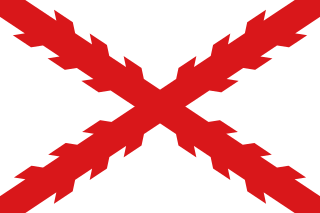 W
WThe Spanish expedition to Formosa was a campaign mounted by the Spanish based in Manila, Philippines in 1626. It was the Spanish response to Dutch settlements being built in Formosa, now known as Taiwan. In cooperation with the Portuguese, this venture was made to attract Chinese traders and curtail the expansion of Dutch power in Asia.